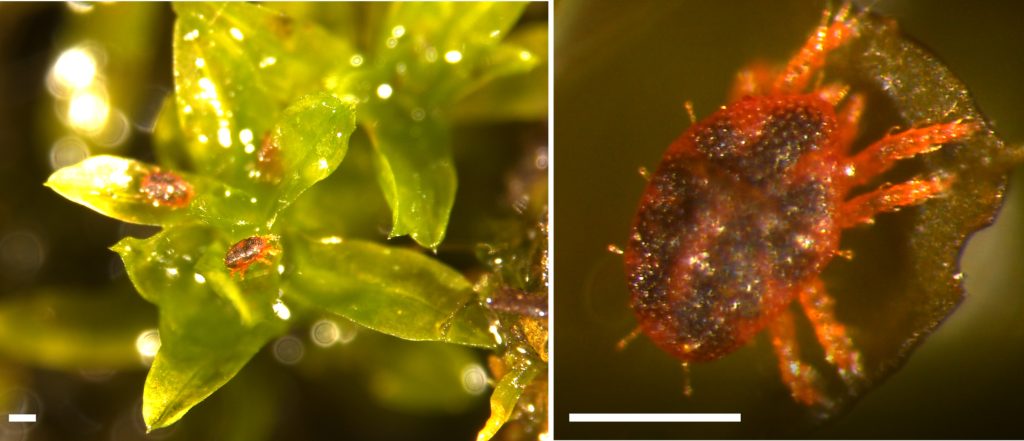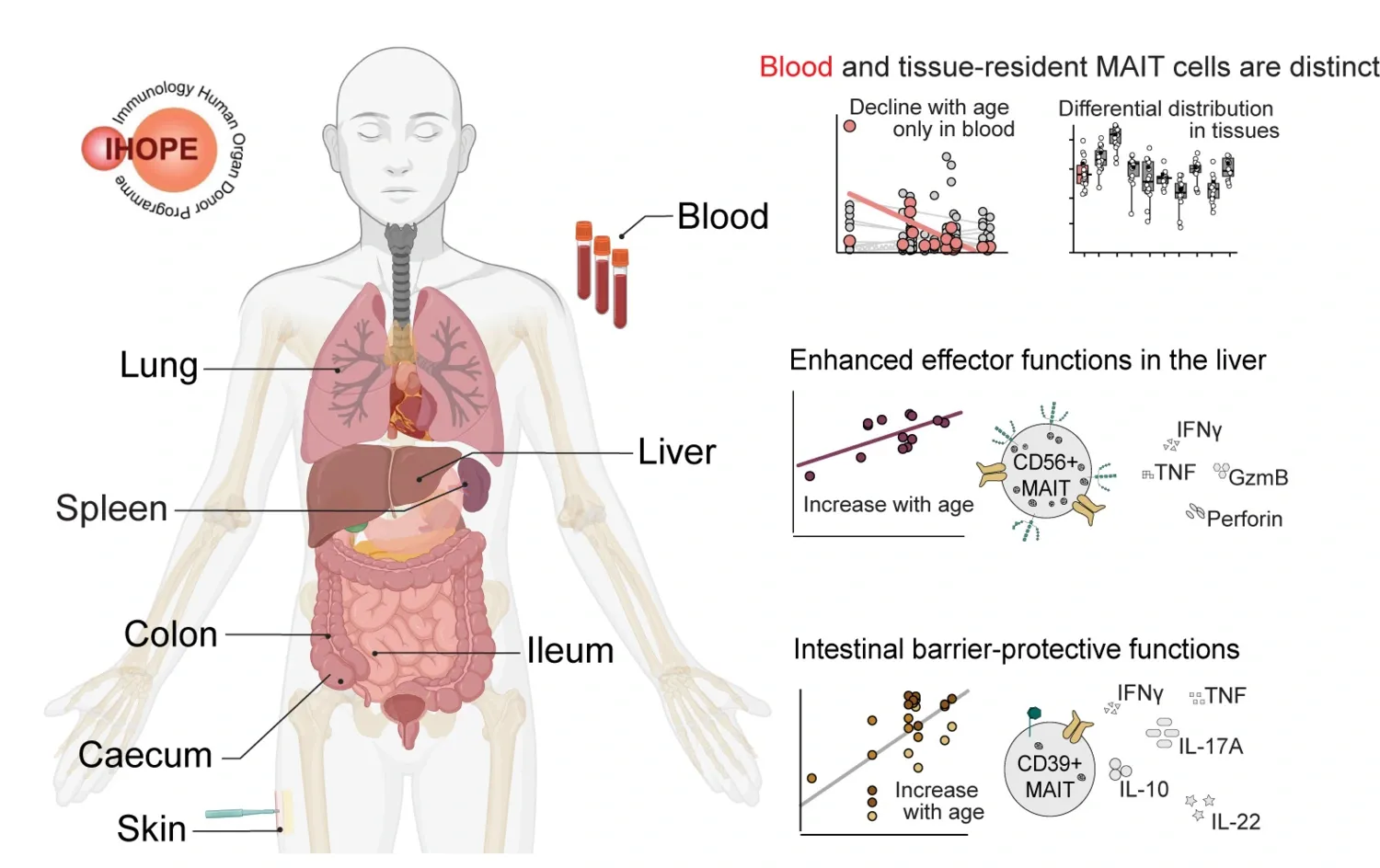2024-09-09 カロリンスカ研究所(KI)
<関連情報>
- https://news.ki.se/breaking-the-trend-skin-cancer-incidence-in-young-adults-declines
- https://jamanetwork.com/journals/jamadermatology/fullarticle/2823464
スウェーデンにおけるメラノーマ発生率と死亡率の傾向 Melanoma Incidence and Mortality Trends in Sweden
Hildur Helgadottir, MD, PhD; Rasmus Mikiver, BSc; Karina Schultz, MD; et al
JAMA Dermatology Published:September 8, 2024
DOI:10.1001/jamadermatol.2024.3514

Key Points
Question How have melanoma incidence and mortality rates evolved in the population younger than 60 years in Sweden?
Findings This cohort study including the entire population of Sweden found a continuous rise in primary invasive cutaneous melanoma incidence among individuals aged 50 to 59 years from 1990 to 2022; however, those aged 20 to 49 years experienced peak incidence in 2013 to 2015 followed by stable or statistically significant declining rates through 2022, while in patients younger than 20 years, incidence remained low (unchanged). A statistically significant decline in melanoma mortality was seen in 30- to 59-year-olds, but not in those 60 years or older.
Meaning These findings suggest that melanoma incidence and mortality may eventually decrease among the entire population in Sweden.
Abstract
Importance Over the past decades, many global regions have experienced a steady increase in the incidence of cutaneous melanoma. However, more recently, a downward trend has been observed in the younger age groups in Australia and the US. Yet, in Europe, none of the countries have reported any significant decline in melanoma incidence for any age group.
Objective To assess melanoma incidence and mortality trends in Sweden, with a focus on individuals younger than the average age of melanoma onset.
Design, Setting, and Participants This cohort study used data on the national population from the Swedish Melanoma Registry and the Swedish Cancer Registry, which cover more than 99% of all primary invasive cutaneous melanomas diagnosed in the country. All patients diagnosed from 1990 to 2022 were included.
Main Outcomes and Measures Incidence and mortality rates per 100 000 inhabitants were calculated for each year and shown as average annual rates for every 5-year period from 1990 to 2022. Joinpoint regression models were used to evaluate statistical significance of temporal trends and points of change.
Results There were 34 800 primary invasive cutaneous melanomas (19 582 [56.3%] in females and 15 218 [43.7%] in males) reported in 33 324 individuals younger than 60 years (median [IQR] age, 48 [36-58] years) from 1990 to 2022. A consistent rise in melanoma incidence was observed among those 50 to 59 years old. The age groups from 20 to 29 years, 30 to 39 years, and 40 to 49 years showed an incidence peak in 2013 to 2015 followed by stable or significantly declining rates until 2022. In patients younger than 20 years, melanoma incidence remained low with no significant trends. There was also a significant decline in melanoma mortality among 30- to 59-year-old individuals, but not in those 60 years and older.
Conclusions and Relevance The findings of this cohort study showed a significant recent downward trend in both melanoma incidence and melanoma mortality in the age group 30 to 49 years in Sweden. The reasons for these declines are unclear but may include UV protection, public health campaigns, changing population demographics, and the introduction of effective melanoma treatment. None of these possibilities were evaluated; further study is needed.


